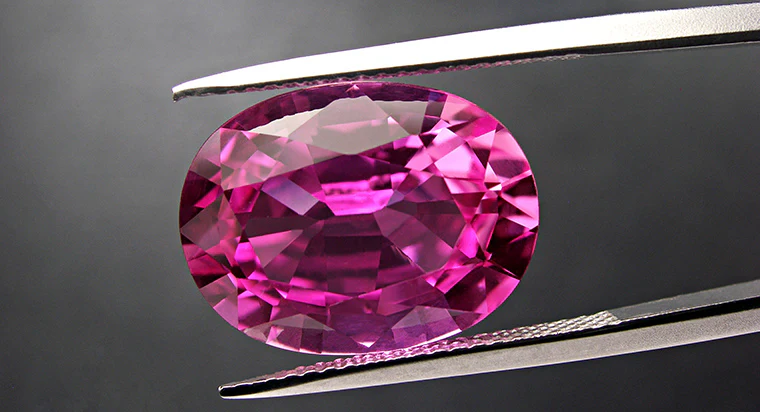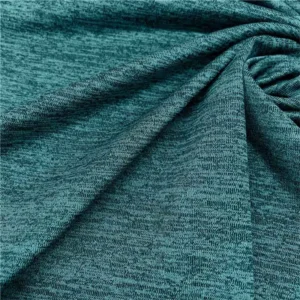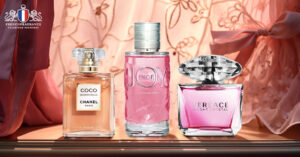The Investment Potential of Pink Sapphire: A Gemstone Worth Considering

pink sapphireIntroduction to Pink Sapphire as an Investment
In the world of gemstones, pink sapphire has steadily grown in recognition and value, captivating both collectors and investors alike. While traditionally overshadowed by its blue counterpart, the pink sapphire has become a gem of choice for those seeking a unique blend of beauty, rarity, and financial promise. Known for its vibrant hues ranging from soft pastels to intense magentas, this gemstone stands out not only in aesthetics but also in market dynamics. With increasing demand and limited high-quality sources, pink sapphire is emerging as a strong contender in the investment-grade gemstone category.
Historical Significance and Rising Popularity
Pink sapphire has been appreciated for centuries, with ancient cultures valuing it as a symbol of love, power, and protection. Historically, sapphires of all colors were believed to hold mystical powers, but pink sapphires in particular were associated with emotional healing and heart-centered energy. As consumer preferences evolve, modern buyers are now leaning towards colored gemstones over traditional diamonds, largely due to their uniqueness and emotional appeal. Celebrities, influencers, and royal families have contributed to the gemstone’s visibility, often opting for pink sapphire in engagement rings and luxury jewelry.
This rising popularity has translated into increased market interest and a growing secondary market, both of which contribute to its investment potential. As awareness continues to grow, so too does the value of fine-quality pink sapphires, especially those with natural origins and exceptional clarity.
Factors That Influence the Value of Pink Sapphire
Several key factors determine the value and thus the investment potential of a pink sapphire. These include color, clarity, carat weight, cut, and origin.
Color is arguably the most critical aspect, with the most desirable pink sapphires exhibiting a vivid, intense pink hue that can sometimes carry hints of purple or red. The more saturated and uniform the color, the higher the value. Stones that lean toward a lighter or pastel tone are still valuable but tend to be priced slightly lower unless they have exceptional clarity.
Clarity also plays a significant role. Unlike diamonds, pink sapphires are typically expected to have some inclusions. However, eye-clean stones with minimal visible inclusions are rare and therefore command premium prices.
Carat weight affects price exponentially rather than linearly. As pink sapphire increase in size, their value multiplies significantly, especially for stones over 2 or 3 carats with high color quality.
The cut determines how well the stone reflects light and showcases its natural color. While the cut doesn’t directly affect intrinsic value, it greatly impacts the visual appeal and marketability of the gem.
Lastly, the origin of the stone is an essential factor. Sapphires from Sri Lanka (Ceylon), Madagascar, and Myanmar (Burma) are often considered top-tier due to their vibrant color and historical mining reputation. Stones from these regions can carry a price premium, further enhancing their appeal to investors.
Treatment and Certification
Investors should pay special attention to whether a pink sapphire has undergone any treatments. Heat treatment is commonly used to enhance the color and clarity of sapphires, and while it doesn’t eliminate investment potential, untreated stones are far more valuable and sought after.
Certification from a reputable gemological laboratory such as GIA, AGL, or SSEF can add significant credibility and value to a pink sapphire. These certificates verify the gem’s authenticity, treatments (if any), and origin, helping investors make informed decisions and providing assurance when selling the stone in the future.
Market Trends and Demand
The colored gemstone market has experienced consistent growth over the last two decades, and pink sapphire is at the forefront of this trend. Consumers are increasingly seeking alternatives to traditional white diamonds, driven by a desire for individuality and ethical sourcing. Pink sapphire, being a durable gem with a hardness rating of 9 on the Mohs scale, is not only beautiful but also practical for daily wear, making it an attractive option for engagement rings and fine jewelry.
Furthermore, pink sapphires are relatively rare compared to blue sapphires and rubies, especially in larger sizes. This rarity is driving up demand in both retail and auction markets. In recent years, pink sapphires have fetched impressive prices at auction houses like Sotheby’s and Christie’s, signaling growing confidence in the gem’s investment value.
Long-Term Appreciation and Resale Value
Like any asset, the true measure of investment potential lies in appreciation over time. High-quality pink sapphires have shown consistent upward trends in value, particularly untreated stones with certificates of origin. As with fine art and vintage watches, scarcity plays a key role in price appreciation. Investors who purchase stones with exceptional characteristics may find their value increasing significantly over the span of a decade or more.
Moreover, the resale market for pink sapphire is strong. Whether through auction, private sales, or high-end jewelers, collectors and buyers are actively seeking unique stones with documentation. As demand continues to outpace supply, the resale potential for investors is likely to remain high.
Investment Tips for Potential Buyers
For those considering pink sapphire as an investment, several tips can help guide a successful purchase. First, prioritize quality over size. A smaller stone with excellent color and clarity will typically outperform a larger but lower-grade gem in terms of value retention and appreciation.
Second, insist on certification. Investing in an uncertified gemstone introduces significant risk, as subtle treatments or synthetics can dramatically affect value. Reputable dealers should provide full documentation, including treatment disclosures and origin reports.
Third, work with a trusted gemologist or dealer. Partnering with professionals who have a solid reputation in the gemstone industry ensures that you are making informed choices and investing in genuinely valuable assets.
Finally, consider diversification. While pink sapphire is a promising investment, it’s wise to build a portfolio of gemstones that includes other varieties like blue sapphire, ruby, or emerald. This strategy not only reduces risk but also allows you to take advantage of different market cycles and trends.
Conclusion
Pink sapphire offers a compelling case for gemstone investment, combining visual beauty, historical significance, and strong market demand. With growing global interest in colored gemstones and a limited supply of fine-quality stones, the conditions are favorable for long-term value appreciation. For investors seeking tangible, portable assets that also possess emotional and aesthetic appeal, pink sapphire is truly a gemstone worth considering. Whether you are a seasoned gem collector or a new investor looking to diversify your portfolio, pink sapphire represents both elegance and economic potential in equal measure.





